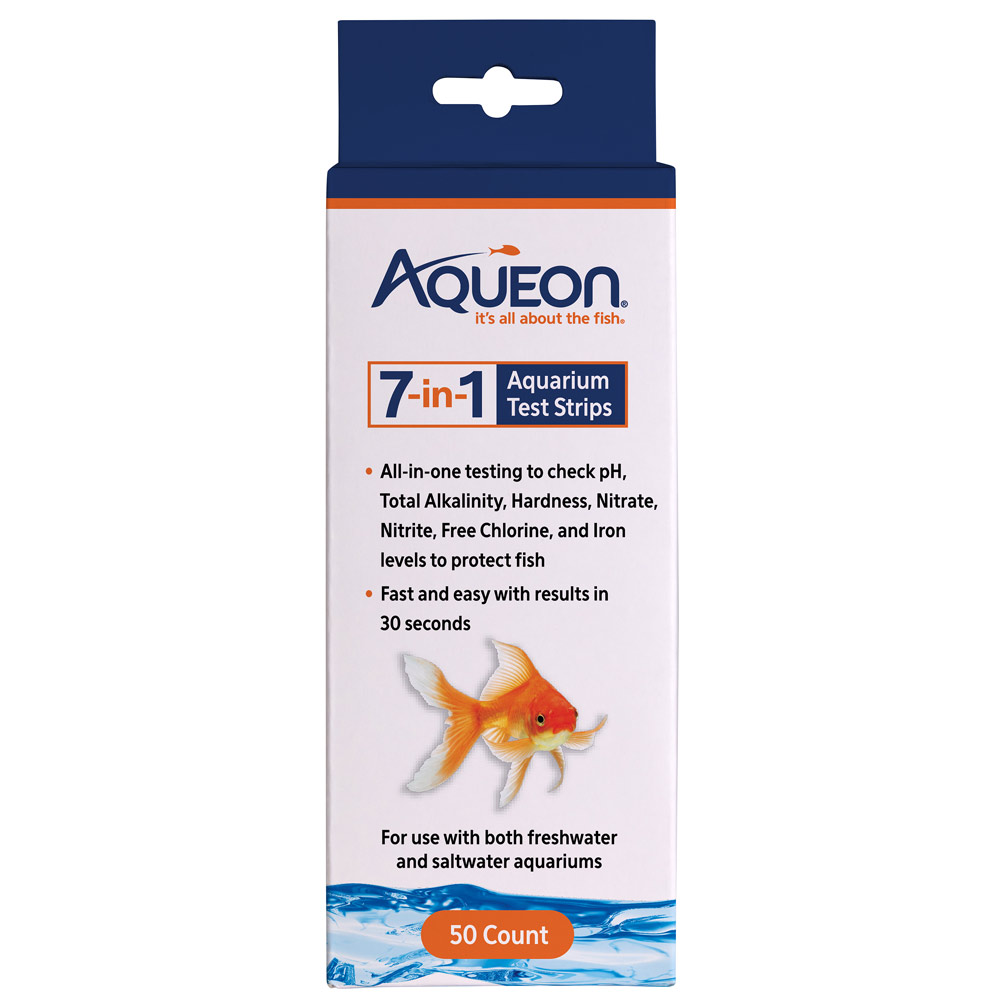Pulse of Information
Stay updated with the latest news and insights.
Aquarium Shenanigans: Keeping the Fishy Drama at Bay
Dive into Aquarium Shenanigans for tips, tricks, and laughs that keep your fishy drama at bay—discover the secrets of a thriving aquatic world!
Top 5 Tips for Maintaining a Healthy Aquarium
Maintaining a healthy aquarium is essential for the well-being of your aquatic life. Here are Top 5 Tips to ensure your fish and plants thrive:
- Regular Water Changes: Aim to change 10-15% of the water weekly to maintain optimal water quality and remove harmful toxins.
- Monitor Water Parameters: Test for pH, ammonia, nitrite, and nitrate levels regularly. Keeping these parameters in balance is key to a thriving aquarium.
- Proper Filtration: Ensure your aquarium has a powerful and efficient filter. This helps to keep the water clean and provides necessary oxygen for your fish.
- Feeding Habits: Avoid overfeeding your fish. A small amount of food once or twice a day is usually sufficient and helps prevent water pollution.
- Regular Maintenance: Clean your tank and equipment regularly. This includes scrubbing algae, checking filter media, and pruning plants to promote a healthy environment.
By following these tips, you can create a stable and healthy ecosystem for your aquarium. Always remember that consistency is vital when it comes to maintaining a healthy aquarium. Small, regular efforts are more effective than infrequent, extensive cleanings. Embrace these practices to ensure a vibrant and lively aquarium that both you and your aquatic pets can enjoy!

Understanding Fish Behavior: Why Is My Fish Acting Strange?
Understanding fish behavior is essential for any aquarist looking to maintain a healthy and thriving aquarium. When your fish start to act strangely, it can be concerning. Common signs of unusual behavior may include erratic swimming, hiding, or even unusual colors. These behaviors can be attributed to various factors such as water quality, stress, or disease. For instance, if your fish are spending more time at the bottom of the tank or darting around rapidly, it's crucial to examine your tank's parameters like pH, ammonia, and nitrite levels.
Another important aspect to consider when analyzing fish behavior is their environment and social interactions. Fish are social creatures, and changes in their environment or tank mates can lead to stress or aggression. If you've recently added new fish or rearranged decorations, your existing fish may display signs of territoriality. In cases where fish are acting aggressively, it's vital to observe their interactions closely. Make sure that you provide enough hiding spots and space in your aquarium to reduce stress and create a harmonious environment for all your fish.
How to Create a Thriving Ecosystem in Your Aquarium
Creating a thriving ecosystem in your aquarium requires a careful balance of various elements to ensure the well-being of all aquatic life. Start by selecting the right tank size, as larger tanks tend to provide a more stable environment. When setting up your aquarium, consider adding a variety of aquascaping materials such as live plants, rocks, and driftwood, which not only enhance the visual appeal but also serve as habitats for fish and beneficial microorganisms.
The next step is to establish a proper filtration system to keep the water clean and oxygenated. A good rule of thumb is to have a filtration system that can handle at least 4-5 times the tank's volume per hour. Ensure to cycle your aquarium before introducing any fish to establish beneficial bacteria that will help break down waste. Monitor water parameters such as pH, ammonia, and nitrates regularly to maintain a healthy environment for your aquatic inhabitants.